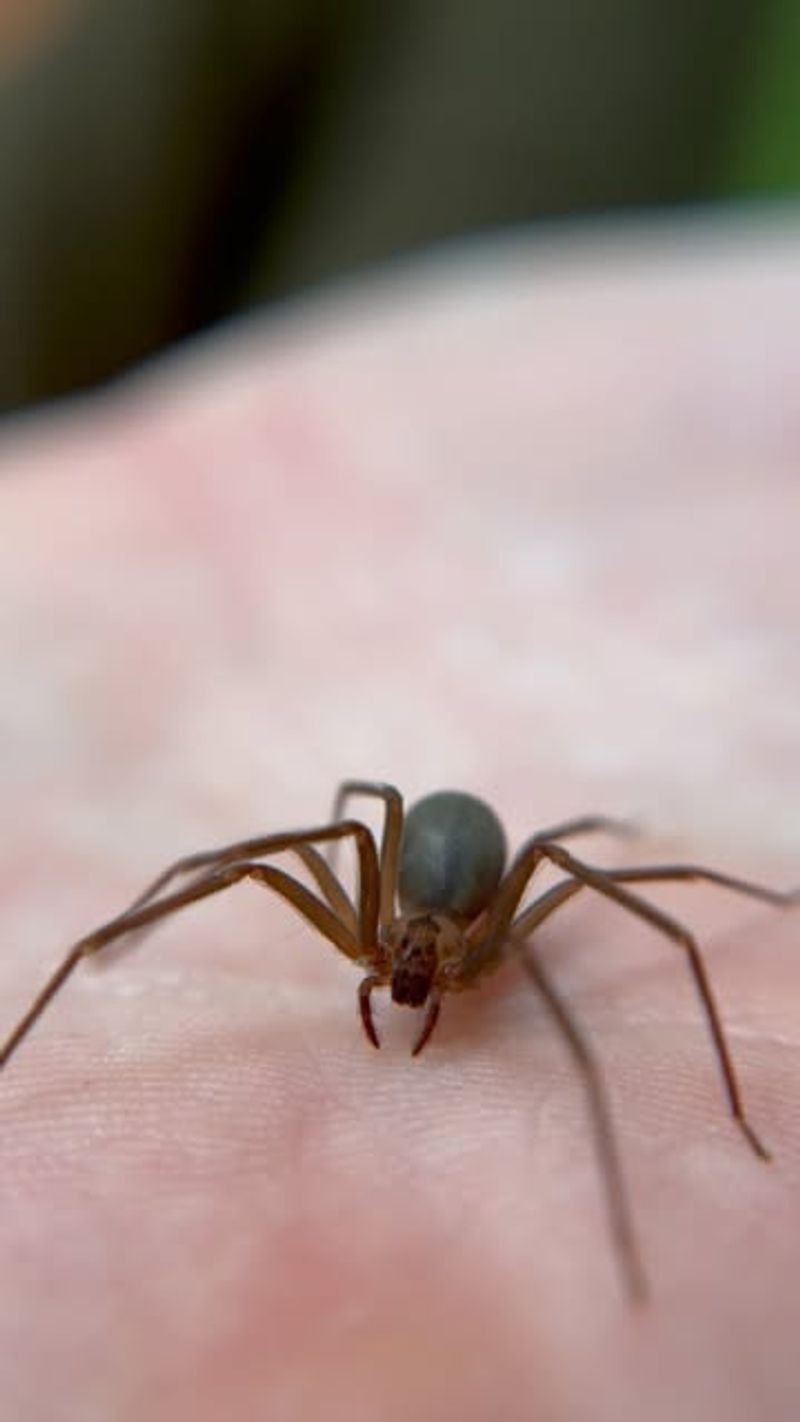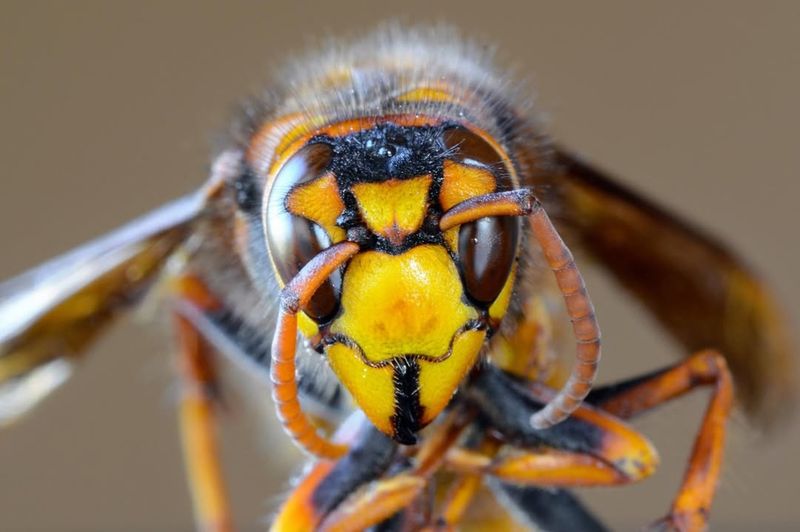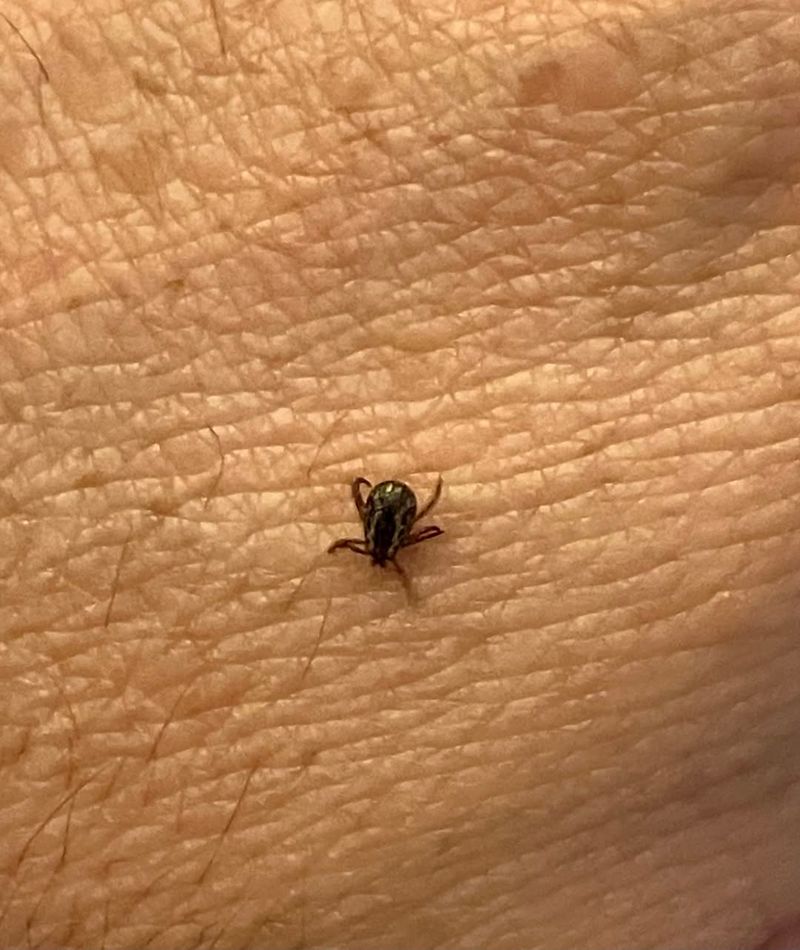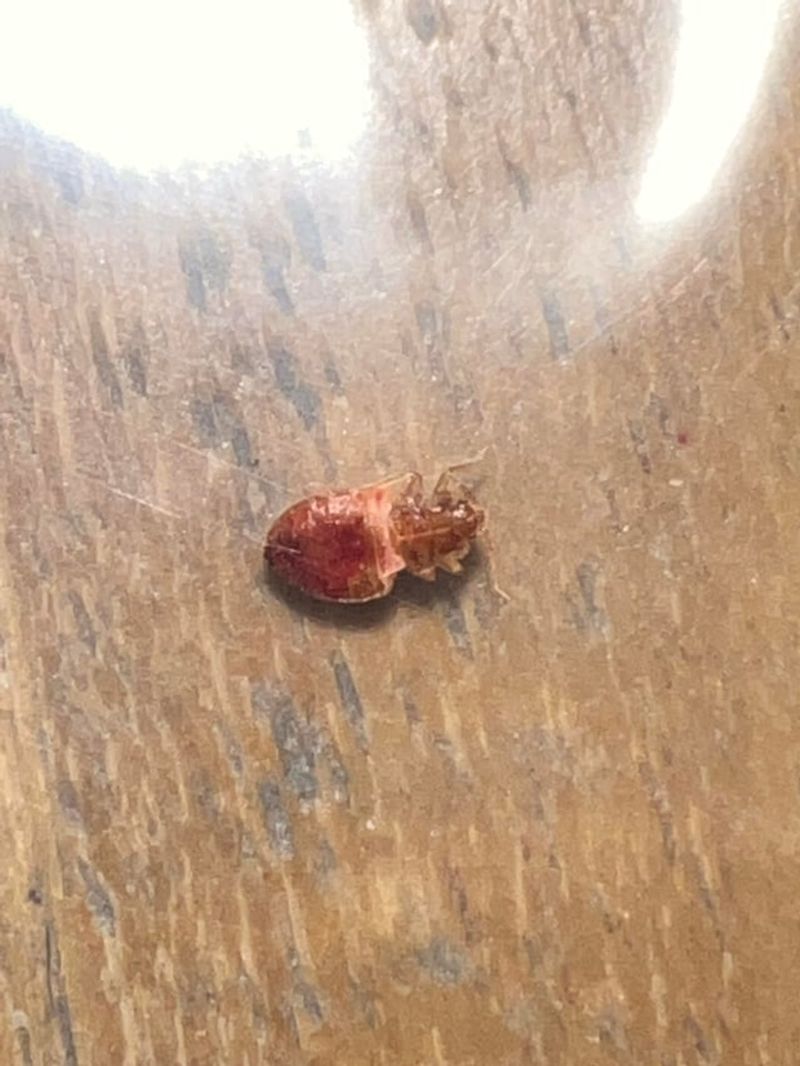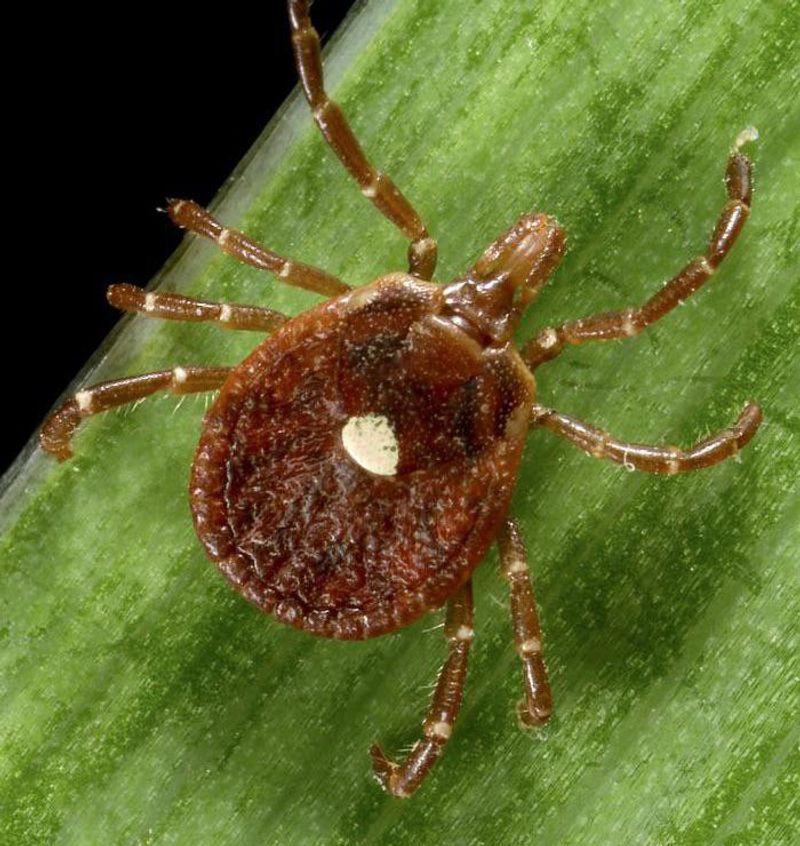Life in New York isn’t just about navigating packed subways and bustling sidewalks. Sometimes, the biggest trouble comes from the tiniest visitors hiding in your home or yard.
Certain insects can cause serious damage to your property—or even affect your health. From termites to ticks, knowing what to watch for is key to keeping your space safe.
I’ve found that a little awareness goes a long way. Spotting the signs early can help you protect your family and avoid costly repairs down the line.
1. Brown Recluse Spider
With a bite that can cause serious tissue damage, the brown recluse spider earns its reputation as one of the most feared arachnids.
Its trademark violin-shaped marking on the back makes identification easier, though many people miss it until it’s too late. Found hiding in dark corners, closets, and basements, this spider prefers undisturbed spaces.
The venom destroys skin cells and can lead to painful wounds that take months to heal. If you spot one, call pest control immediately rather than trying to handle it yourself.
2. Asian Giant Hornet
Nicknamed the murder hornet for good reason, this massive insect can deliver multiple stings that feel like hot nails piercing your skin.
Growing up to two inches long, it dwarfs regular hornets and wasps you might encounter. A single sting contains enough venom to cause severe allergic reactions in many people. Groups of these hornets can decimate entire honeybee colonies within hours, threatening local agriculture.
Never approach a nest alone—professional removal is the only safe option for dealing with these aggressive invaders.
3. Black Widow Spider
Shiny black bodies and that famous red hourglass marking make black widows easy to identify once you know what to look for.
Female black widows pack neurotoxic venom fifteen times stronger than a rattlesnake’s bite. Symptoms include severe muscle cramps, nausea, and difficulty breathing that can last for days. Children and elderly people face the highest risk of serious complications.
Check garage corners, outdoor furniture, and woodpiles regularly since these spiders love dark, protected spots where they can build messy webs undisturbed.
4. Kissing Bug
Don’t let the cute name fool you—kissing bugs spread Chagas disease, a potentially life-threatening illness affecting the heart and digestive system.
Named for their habit of biting people near the mouth while they sleep, these blood-feeders leave more than just itchy welts. Their flat bodies help them squeeze into tiny cracks in walls and furniture.
Look for cone-shaped heads and orange-red stripes along their sides. Seal cracks around windows and doors to prevent entry, and always report sightings to local health departments.
5. Deer Tick
Smaller than a sesame seed, deer ticks carry Lyme disease and several other dangerous illnesses that can affect you for years.
Many New Yorkers never notice these tiny parasites until the telltale bullseye rash appears days later. Check yourself thoroughly after hiking or spending time in grassy areas. Use tweezers to remove ticks carefully, pulling straight up without twisting.
Early removal within 24 hours dramatically reduces infection risk, but any tick bite deserves medical attention if symptoms like fever or joint pain develop.
6. Fire Ant
Stepping on a fire ant mound triggers an instant nightmare as hundreds of ants swarm up your legs, biting and stinging simultaneously.
Each sting burns like touching a hot stove, and the painful white pustules that follow can last for weeks. Originally from South America, fire ants have spread throughout the region, building large mounds in yards and parks.
Their venom causes severe reactions in allergic individuals, sometimes requiring emergency treatment. Professional exterminators use specialized treatments since disturbing colonies only makes them relocate and multiply faster.
7. Yellow Jacket Wasp
Aggressive and territorial, yellow jackets will chase you far from their nest if they feel threatened. Unlike honeybees that die after stinging once, these wasps can sting repeatedly, injecting venom that causes intense pain and swelling.
Late summer brings peak aggression as colonies grow massive and food becomes scarce. They love sugary drinks and meat, making outdoor barbecues prime hunting grounds.
Ground nests hidden in old rodent burrows pose special dangers when accidentally disturbed by lawnmowers or playing children seeking immediate medical help for multiple stings.
8. Bed Bug
Blood-sucking bed bugs turn peaceful sleep into itchy misery, leaving trails of red welts across your body. Flat as credit cards, they hide in mattress seams, electrical outlets, and picture frames during the day, emerging at night to feed.
New York’s dense population and constant travel make it a bed bug hotspot where infestations spread rapidly between apartments.
Professional heat treatment costs thousands of dollars, but DIY methods rarely work. Inspect secondhand furniture carefully and always check hotel rooms before unpacking your suitcase to avoid bringing these pests home.
9. Lone Star Tick
Sporting a distinctive white spot on her back, the female lone star tick causes an unusual problem beyond typical tick diseases. Bites from this species can trigger alpha-gal syndrome, making people severely allergic to red meat for life.
Imagine never enjoying a burger or steak again because of one tiny bite. Symptoms include hives, difficulty breathing, and dangerous drops in blood pressure hours after eating beef, pork, or lamb.
Prevention through proper clothing and repellent use becomes critical when hiking or working outdoors in tick-prone areas throughout the state.


